General-purpose diodes fashioned by a PN junction find use as rectifiers or protection devices in electronic circuits averse to reverse polarity, voltage limiting, and transients, among other issues. The common diode architecture is often altered to achieve attributes needed for a variety of applications. The result is a diversity of diodes, such as Zener, Tunnel, Varactor, Peltier Diode LEDs, Schottky, Shockley, Crystal, Avalanche, and Step Recovery Diodes. This article surveys all these diodes, discussing their structures, operations, and use case applications.
Diode Fundamentals
A diode is a two-terminal semiconductor device that conducts current primarily in one direction. The core of a diode is the junction of P-type semiconductor material with N-type semiconductor material. A diode can work in two ways: a) forward biased, where it permits current flow, or b) reverse biased, where it inhibits current flow. It shows high resistance in reverse bias and low resistance in forward bias. Silicon-based diodes have a forward voltage of 0.7v, whereas for germanium it is 0.3v. Figure 1 depicts a silicon diode connected in reverse and forward bias with the customary V-I graph. In the forward bias, the anode is connected with the power supply's positive terminal, and the cathode is connected with the negative terminal of the power supply.
Figure 1: Forward bias and Reverse bias circuit with characteristics graph
We will now explore the diode types created by diode architecture variations and their respective target applications.
Zener Diode
A Zener diode is comparable to the conventional P-N junction diode in the forward bias, and allows a flow of current in the reverse direction when linked in reverse bias. The applied voltage stretches beyond a particular limit defined as the breakdown voltage, knee voltage, or Zener voltage. The P-N junction of such diodes is copiously doped and designed to conduct in the reverse direction. These diodes start conducting current at a specified breakdown voltage, and continuously operate without any damage in the reverse bias. Zener diodes find use in voltage regulation, as the voltage drop over the Diode remains constant over a broad range of applied voltage.
Figure 2: Zener diode schematic symbol and characteristics graph
Refer to Figure 2. The first quadrant functions like a standard diode and represents the forward biased region. In the third quadrant, the graph depicts the current vs. voltage curve when the reverse bias is applied to the diode. A considerable amount of current begins to flow through the Zener diode after the Zener breakdown voltage. The voltage continues to be constant at the Zener breakdown voltage value, but the current through the diode increases with the increase of input voltage. The removal of reverse voltage regains its original position. The Zener breakdown voltage is thus used to regulate voltage, such as in voltage stabilizers and other protection circuits. These diodes also find use in clipping and clamping circuits as well. Figure 3 depicts a standard voltage regulation application circuit with a Zener diode.
Figure 3: Zener Diode Application Circuit
Light Emitting Diode (LED)
Light-emitting diodes (LEDs) are a type of diode that change electrical energy into optical energy (light). LEDs are made from an extremely thin layer of heavily doped semiconductor compound, such as Gallium Arsenide (GaAs), Gallium Phosphide (GaP), Gallium Arsenide Phosphide (GaAsP), Silicon Carbide (SiC), or Gallium Indium Nitride (GaInN). They are mixed at different ratios to produce a distinct wavelength of color. Depending on the semiconductor material used and the amount of doping, an LED emits a colored light at a particular spectral wavelength when connected in forward bias. Table 1 shows LED characteristics for different semiconductor compound materials.
In the forward bias, electrons from the semiconductors' conduction bands recombine with holes from the valence band, releasing sufficient energy to produce photons that emit a monochromatic (single color) light. Because of the heavily doped thin layer, a reasonable number of these photons can leave the junction and radiate away, producing a colored light output.
Table 1: Typical LED Characteristics
Vishay Diode
Shop our wide variety of diodes, including light-emitting diodes (LEDs), zener diodes, schottky diodes, shockley diodes, and more.
An LED's characteristics are similar to that of a standard P-N junction diode, but they are different in construction. The P-N junction of
an LED is surrounded by a transparent, hard plastic epoxy resin in a hemispherically shaped body. The epoxy resin body acts as a lens concentrating the amount of light; hence, the emitted light appears to be the brightest at the top of the LED. Figure 4 shows LED characteristics for different colors. LEDs can be visible LEDs or Invisible LEDs. Visible LEDs are used for illumination purposes, and Invisible LEDs are used in optical switches, sensors, and optical communications.
Figure 4: LED Characteristics Curves for different colors
Schottky Diode
A Schottky diode is unlike a standard P-N junction diode. They are constructed using a metal electrode bonded to an N-type semiconductor. Since they have a metal compound on one side of the junction and doped silicon on the other side, Schottky diodes have no depletion layer, and are known as unipolar devices. Silicide is the most popular contact metal utilized for Schottky diode construction. It is a highly conductive silicon and a metal compound. Figure 5 shows the simplified construction and symbol of a Schottky diode.
Figure 5: Construction and Symbol of a Schottky Diode
The width of the metal-semiconductor junction depends on the type of metal and semiconductor material used. If forward-biased, electrons move to the metal electrode from the N-type material, permitting the flow of current. When reverse biased, diode conduction ceases quickly, due to the absence of p-type semiconductor materials and no minority carriers (holes), and changes to blocking current flow relative to the standard P-N junction diode. Due to their quick response to bias changes, they demonstrate the characteristics of a rectifying diode.
Schottky diodes have many uses in digital circuits and are widely utilized in Schottky transistor-transistor logic (TTL) digital logic gates and circuits. This is due to their reduced switching times, higher frequency response, and noticeably lower power consumption. For those applications where high-speed switching is required, Schottky-based TTL is a good choice. Figure 6 shows that a Schottky-clamped transistor is a standard bipolar junction transistor with a Schottky diode connected in parallel across its base-collector junction.
Figure 6: Schottky Clamped Transistor
Preventing the switching transistors from saturating decreases their propagation delay time makes Schottky TTL circuits ideal for flip-flops, oscillators, and memory chips. Another application of the Schottky diode is in solar cells connected to rechargeable batteries to store energy, where these diodes stop battery discharge via solar cells during the night.
Shockley Diode
A Shockley diode is a four-layer diode with alternating P-type and N-type material layers. It is also called a PNPN diode. The Shockley functions like a standard diode without any trigger inputs. The flow of current ceases in the reverse biased condition, and flows when it's forward biased when the voltage across it exceeds the break-over voltage. Such diodes have only two (ON or OFF) states, equivalent to a thyristor without a gate terminal. Figure 7 shows the basic construction, two-transistor analogy, and schematic symbol of the Shockley Diode.
Figure 7: Shockley Diode Symbol and Structure
These diodes have three junctions: J1, J2, and J3. J1 and J3 become forward biased if the anode gets a positive voltage with respect to the cathode, and J2 becomes reverse biased. In this scenario, the diode acts as an open circuit. When the forward voltage across the diode reaches the break-over voltage, it works as a short circuit due to the breakdown of junction J2, and it allows the current to flow until the current reaches the current holding level. Figure 8 shows the V-I characteristics of a Shockley Diode for conducting and non-conducting states, where ON-state current flows when the voltage is more than the break over voltage (VBO).
Figure 8: Shockley Diode VI characteristics
A typical application of a Shockley diode is a trigger circuit. In the following circuit, the silicon controlled rectifier (SCR) is triggered by the Shockley diode.
Figure 9: Shockley Diode in Trigger Circuit
A Shockley diode is forward biased during the application of +Vdc. The capacitor charges across the resistor. The diode starts conducting when the capacitor charge voltage reaches the diode break-over voltage and the capacitor begins to discharge through the diode.
Another application for this diode is as a Relaxation Oscillator, as shown in the following Figure 10:
Figure 10: Shockley Diode in a Relaxation Oscillator
Step Recovery Diode
A Step Recovery diode is a type of Diode with unusual doping and a voltage-dependent variable capacitor. The doping density is least near the junction, and the charge carriers' density is also minimal near the junction. Because charge storage is negligible near the junction, this leads to fast switching of the Diode from the ON state to the OFF state.
Step Recovery Diodes can switch fast at low frequencies. They find use as charge-controlled switches. These diodes function as ordinary diodes during low frequency, conducting when forward biased and behaving like an open circuit during reverse biased mode. However, they instantly change states when switched from forward to reverse bias.
Step Recovery Diodes are also known as charge-storage diodes or snap-off diodes. The current pulse rise time equals the snap time, resulting in speed recovery pulses. Figure 11 shows the symbol for a step recovery diode.
Figure 11: Step Recovery Diode
These diodes are used in pulse proficient circuits and higher-order multipliers. Such diodes have extremely high cut-off frequency, nearly at Gigahertz order. Figure 12 shows a frequency multiplier using a step recovery diode.
Figure 12: Frequency Multiplier using a Step Recovery Diode
As a multiplier, this Diode has a cut-off frequency range of 200 to 300 GHz. The efficiency is high for lower-order multipliers. These diodes are also used in Harmonic Generators, voltage-controlled oscillators, frequency synthesizers, Comb Generators, and Sampling Phase detectors.
Tunnel Diode
A Tunnel Diode, or Esaki diode, is essentially a densely doped P-N junction diode. Leo Esaki invented this diode type, hence the name. This diode is made of silicon materials like Germanium or Gallium arsenide. The tunnel diode shows negative resistance, and when the voltage increases, the current flow decreases. Tunnel diodes work based on the Tunnel Effect, a conduction phenomenon in the semiconductor material in which the charge carrier punches the barrier instead of climbing through it. Tunnel diodes show a negative resistance in their operating range. Therefore, they are generally used as amplifiers, oscillators, and in many switching circuits. Figure 13 shows a symbolic representation and V-I characteristic of a Tunnel diode.
Figure 13: Symbolic representation and V-I characteristic of a Tunnel Diode
Conduction happens in this diode because of heavy doping. Ip is the maximum current reached by a diode, and Vp is the applied voltage. The application of increased voltage decreases the current value. The current value continues to drop until it halts to a minimum value. This small minimal current value is lv. Point A to point B in Figure 13 show a voltage increase with the reduction of current. This is the Diode's negative resistance region. The tunnel diode in this region generates power and does not absorb it.
A tunnel diode can be used to generate a very high-frequency signal of nearly 10GHz. Figure 14 shows a practical circuit with a tunnel diode connected to a tank circuit to generate a high-frequency signal.
Figure 14: Tank Circuit with a Tunnel Diode
Other tunnel diode applications include relaxation oscillators, microwave oscillators, Ultra high-speed switching devices, and logic memory storage devices.
Varactor Diode
A Varactor diode is a voltage-dependent P-N junction diode that always works in reverse bias. Its internal capacitance varies with the variation of the reverse voltage. These can be used for storing charge, and are commonly used in those applications where variable capacitance is required. Figure 15 shows the symbolic representation and characteristics of a varactor diode.
Figure 15: Symbolic representation and Characteristic of Varactor Diode
The following formula gives the capacitance of a varactor diode:
Where, ε – Permittivity of the semiconductor material
A – area of PN-junction
W – width of the depletion region
The RF design influences Varactor diode applications. Figure 16 shows how these diodes can be used in practical Voltage Controlled Oscillators (VCOs). The capacitor can be changed with the Varactor diode in a functional circuit. It is still necessary to make sure the tuning voltage is the voltage required to set the diode capacitance. It is also ensured that the bias voltage does not influence this diode in the circuit.
Figure 16: Varactor Diode in a Voltage Controlled Oscillator (VCO)
Change the 'D1' diode to allow the oscillator. The capacitor C1 stops the varactor diode's reverse bias and stops the diode from being short-circuited via the inductor. This diode is adjusted by applying bias via an R1 resistor (an isolating series resistor).
Some of other applications of varactor diodes are listed below:
• Small remote control circuits
• Signal modulation and demodulation
• Very low noise microwave parametric amplifiers
• Tuning circuits for FM radios
• Transmitter or receiver tank circuits for auto-tuning (as in TVs)
• Microwave frequency multipliers as a component of an LC resonant circuit
• Adjusting bridge circuits
• Adjustable bandpass filters
• RF phase shifters
• Frequency multipliers
Peltier Diode
A Peltier Diode is a type of diode based on the thermoelectric effect, and it works opposite of the Seebeck effect. Heat is generated at the semiconductor's two material junctions, which then flows from a terminal to the other terminal. This flow is only in one direction equal to the direction of the current flow. Figure 17 shows the construction of a Peltier Diode.
Figure 17: Construction of a Peltier Diode
Heat is produced due to the electric charge created by the recombination of minority charge carriers. The pellet array's positive and negative charge carriers soak up heat energy when the module is subjected to DC voltage. The heat energy gets absorbed from the substrate surface and subsequently released to the other opposite-side-located substrate. The heat absorptive surface becomes cold, and the opposing surface where heat energy is released becomes hot—reversing the polarity results in switched hot and cold sides. Peltier diodes are often used in heating and cooling applications, or as sensors and heat engines for thermo-electric cooling.
Crystal Diode
Crystal diodes are microwave semiconductor devices developed for commercial use in mixers, detectors, and microwave receivers. They are also called Point-Contact Diodes. A Crystal diode is made of crystalline material in contact with a thin wire called "cat whisker," which is made from a non-corrosive material like gold. The whisker touches the face of the crystal and conducts electricity. During the manufacture, a relatively large current is passed from the cat whisker to the crystal. This substantial current is the development of a small p-type material region around that crystal in the point contact's vicinity. Thus, a P-N junction is formed, which behaves in the same ways as a normal P-N junction, but the characteristics are different. Figure 18 shows a simple diagram of a Crystal diode.
Figure 18: A Crystal Diode
In the forward bias condition, the resistance of the point-contact Diode is high. In the reverse bias condition, the current flow through the Diode is not independent of the crystal's voltage. The capacitance between the cat whisker and the crystal is less than the junction diode capacitance between the Diode sides. Thus, the reactance due to capacitance is high, and at high frequency a minimal capacitive current flows in the circuit.
The most frequently used applications for crystal diodes are half-wave, full-wave, and bridge crystal diode rectifiers, as well as crystal diode detectors. In a crystal radio, the crystal diode works as a critical component; with an antenna, a coil of wire, a crystal diode, a capacitor, and an earpiece, it is possible to build a radio that does not require any source of power other than the radio waves it receives. The coil of wire and the capacitor form a resonant circuit, and the current in the circuit resonates at a specific frequency. AM (Amplitude Modulated) radio broadcasts at a particular frequency; for example, 620 AM means that the frequency of the broadcast is 620 kilohertz. When it is tuned to 620 kilohertz, the circuit operates at the same frequency as the station.
Avalanche Diode
An Avalanche diode is a diode somewhat similar to a Zener diode, but not identical. Avalanche occurs in diodes when the reverse bias voltage across the diode exceeds a specified value. It is designed to break down and conduct at a specified reverse bias voltage. When an avalanche occurs, it generally causes catastrophic failure. Therefore, avalanche diodes are designed to control the avalanche phenomenon and tolerate avalanches caused by overvoltage without any damage. These diodes are usually used in protecting circuits against transient high voltages, which can damage the circuit. Figure 19 shows the symbol and combined characteristics of Zener diodes and Avalanche diodes, as well as the I-V graph of current variation for the applied voltage.
Figure 19: Symbolic Representation and combined characteristics of Zener diodes and Avalanche diodes
The reverse saturation current continues to be constant up to a specific point when the reverse bias voltage is increased over a P-N junction. The junction will break down (electrical breakdown) if this reverse bias voltage is further increased and the reverse current snaps to a high value. Avalanche breakdown generally occurs at a 6V or more breakdown voltage.
Avalanche breakdown is not reversible, which means that the P-N junction is permanently damaged in avalanche breakdown condition, while Zener breakdown is reversible. Avalanche diodes are used in applications to protect circuits with high transients like power surges or lightning strikes. They are also a good choice in high voltage circuits, such as high voltage multipliers, as well as Inductive loads like Motors, Relays, and Solenoids, which upon interruption generate voltage transients. Figure 20 shows a practical circuit where an avalanche diode works as a protector for the switch from the reverse voltage generated by the inductive load when the switch gets opened.
Figure 20: Avalanche Diode for Reverse Voltage Protection
Types of Vishay Diodes
| Zener Diodes | Light Emitting Diodes (LED) | Schottky Diodes | Avalanche Diodes |
|---|---|---|---|
|
|
|
|


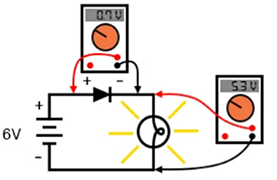
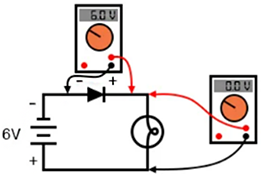
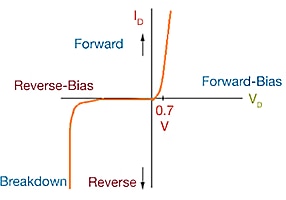
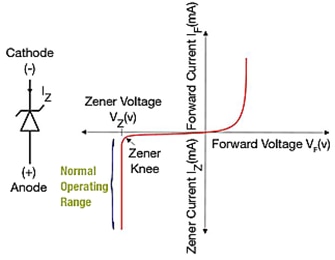
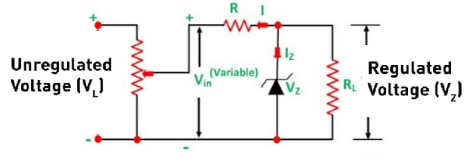
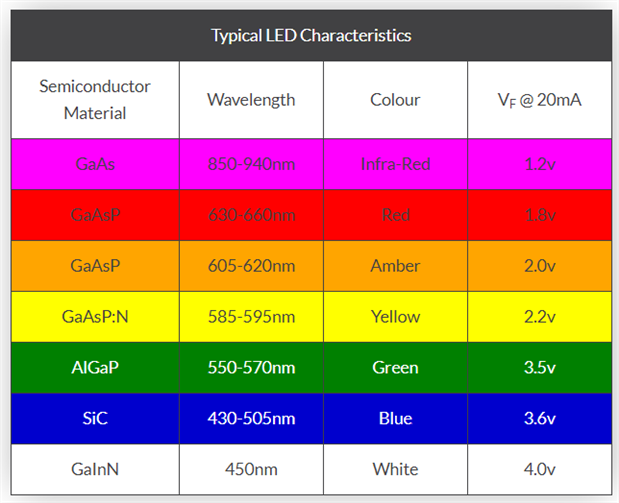
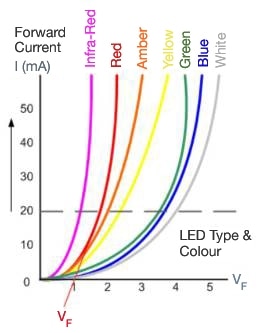
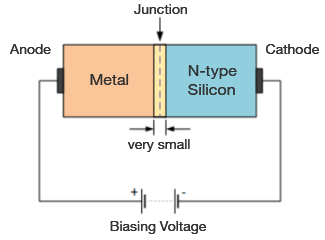
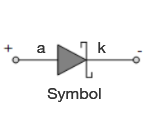
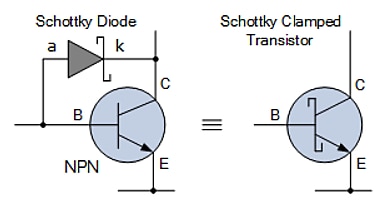
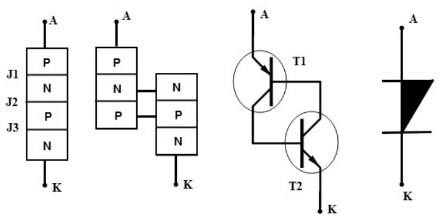
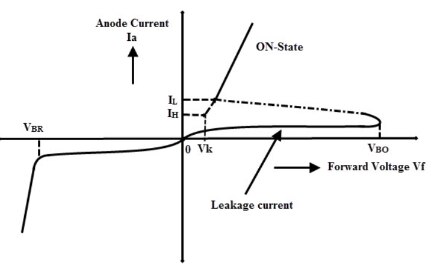
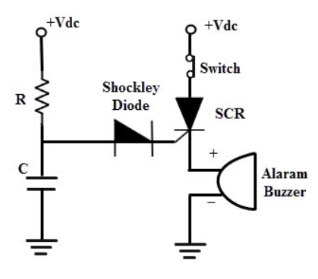
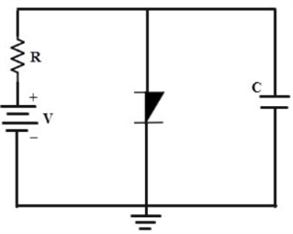
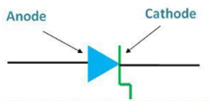

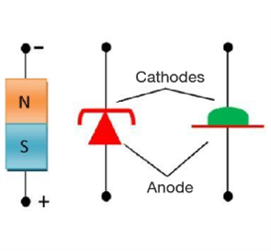
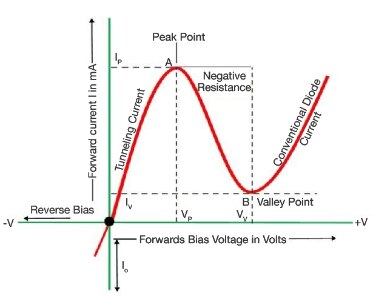
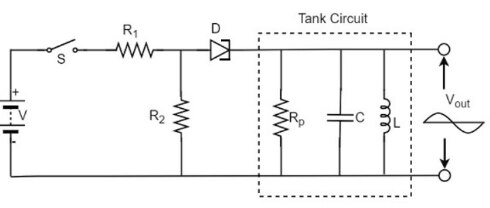
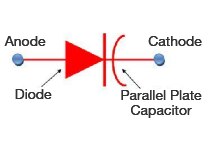
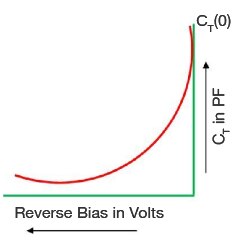

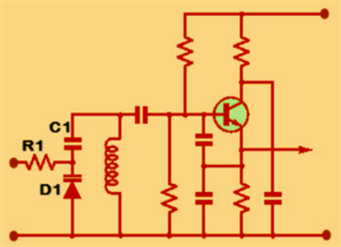
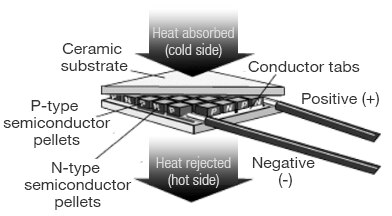
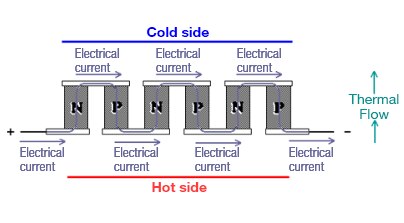
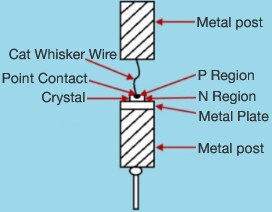
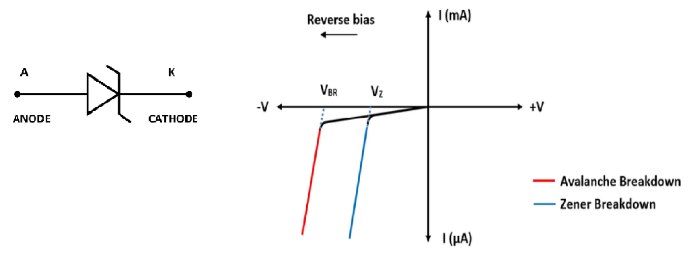
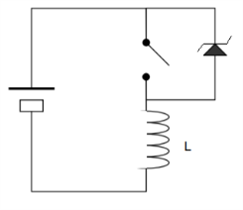
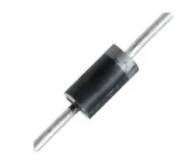

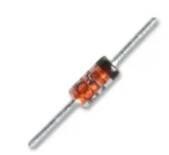
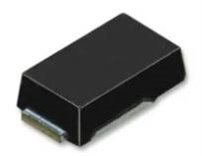
Top Comments